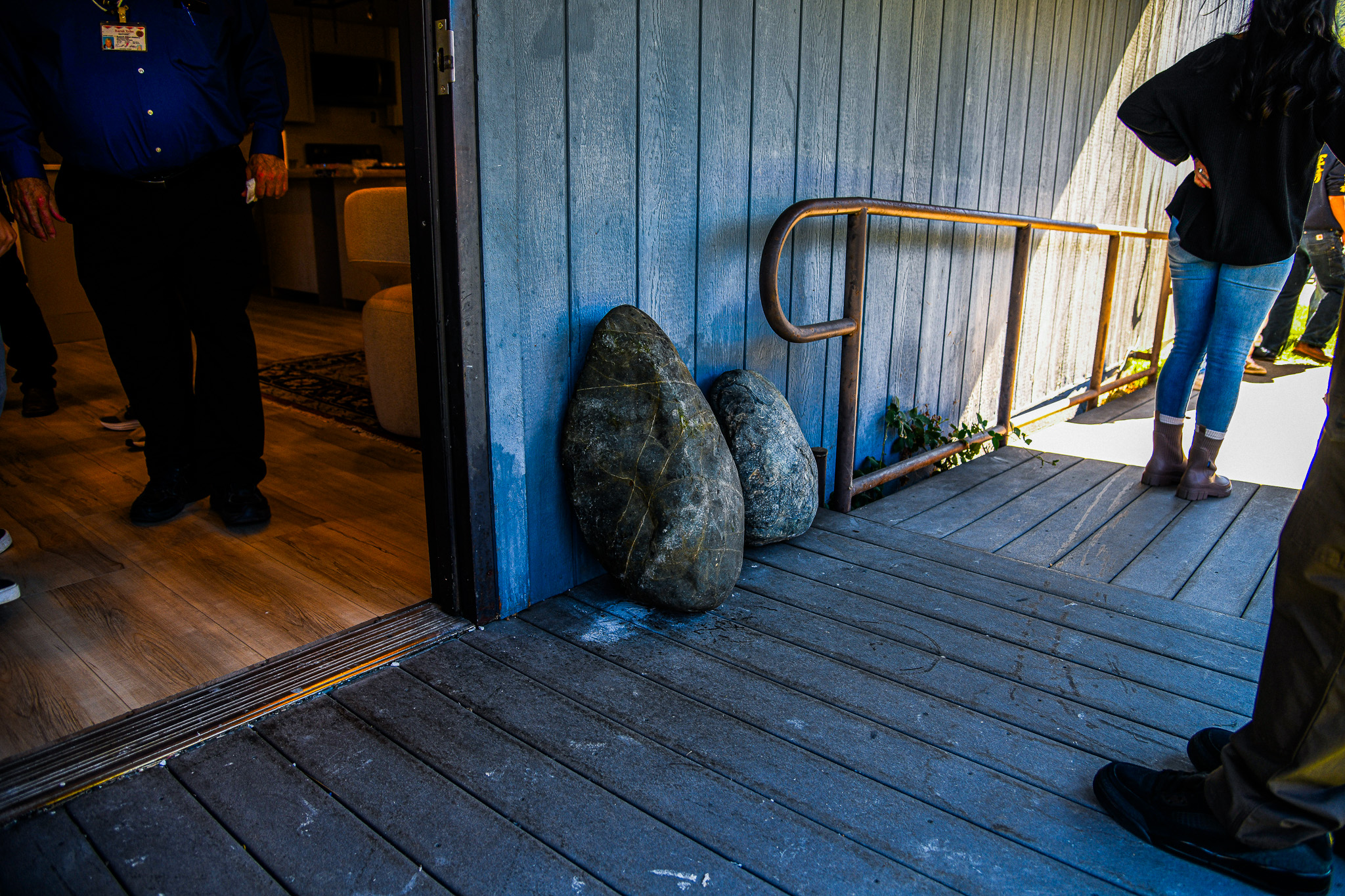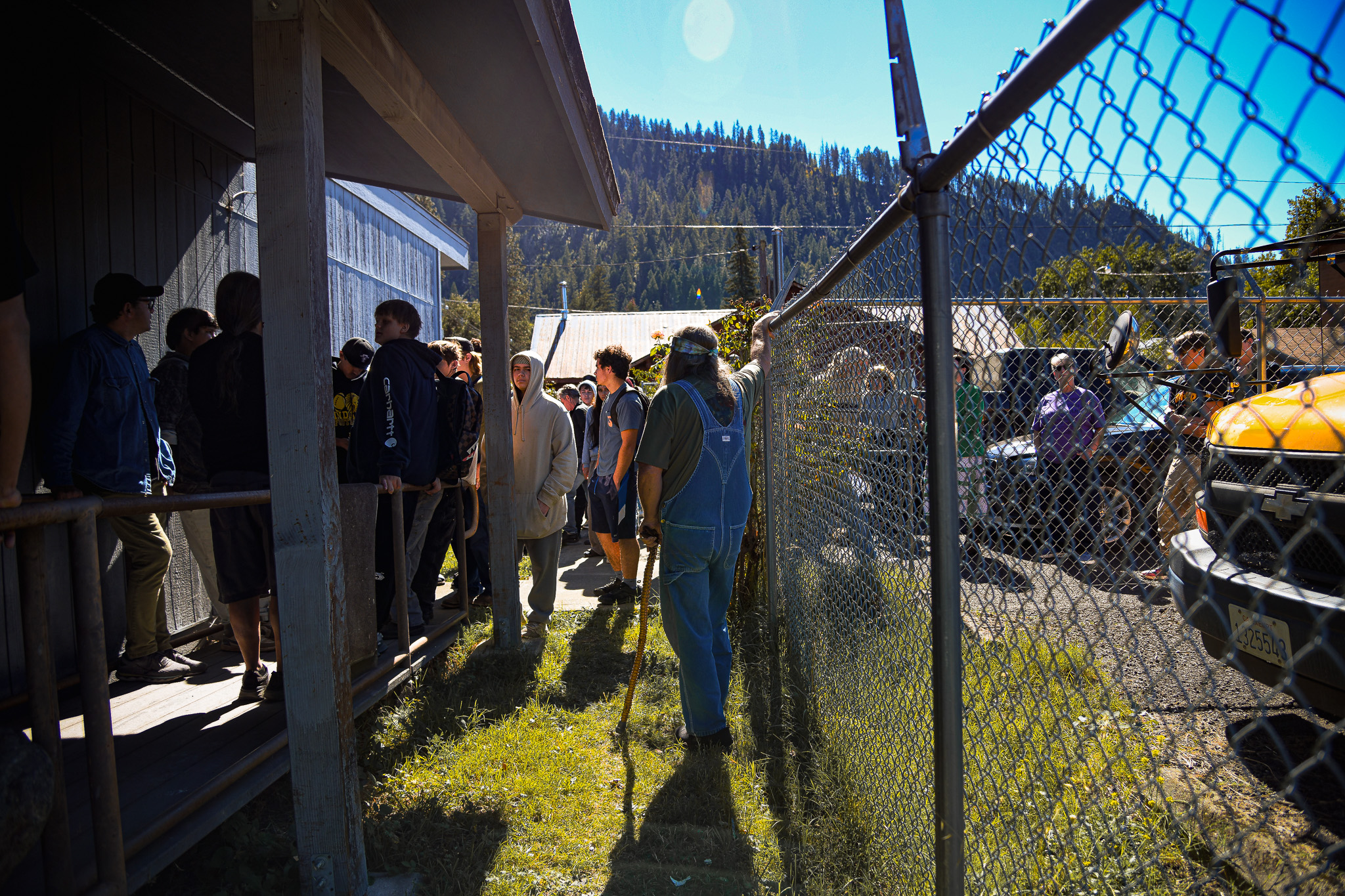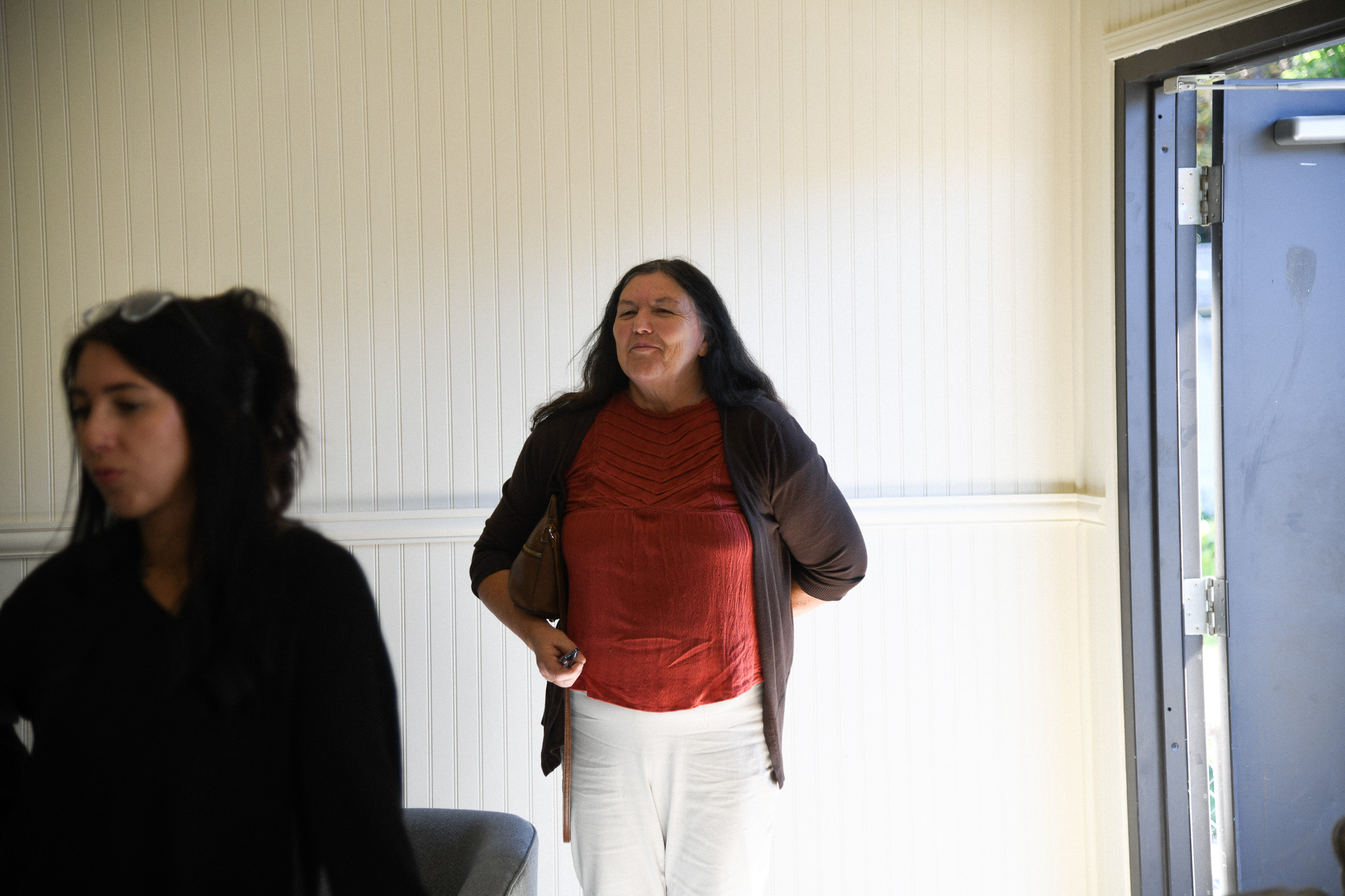From Idea to Impact: The Making of Kachákaach-hiram – The Blue Jay House
A story of youth leadership, culture, and community collaboration in Happy Camp
From Idea to Impact: The Making of Kachákaach-hiram – The Blue Jay House
A story of youth leadership, culture, and community collaboration in Happy Camp
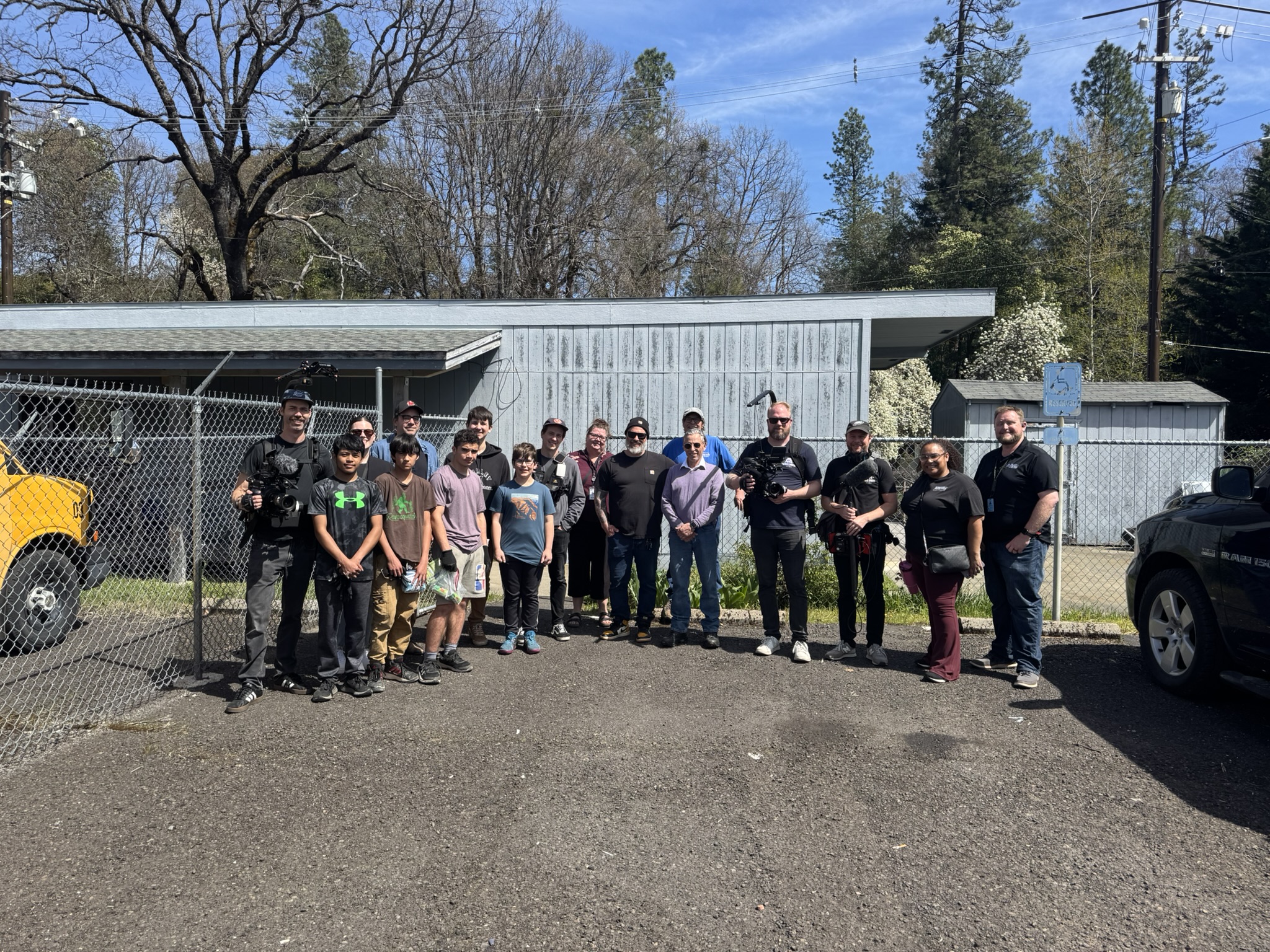
A Spark of Inspiration
In April 2024, a single conversation in Happy Camp sets something special in motion. That spring, Scott Aseltine from the Karuk Education Department (KED) met with United Way of Northern California to host a community discussion about how to best support local youth. During the meeting, Myriam Kalmogho from United Way asked a simple question that would soon change everything:
“What can we do right now to help the community with the $6,000 awarded to the Karuk Education Department?”
Without missing a beat, MaraLei Allec suggested, “Let’s start a youth pantry.”
What started as a small, practical idea for a place to provide food, clothing, and toiletries for local youth quickly grew into something far more meaningful. That moment planted the first seed for what would eventually become Kachákaach-hiram, the Blue Jay House.
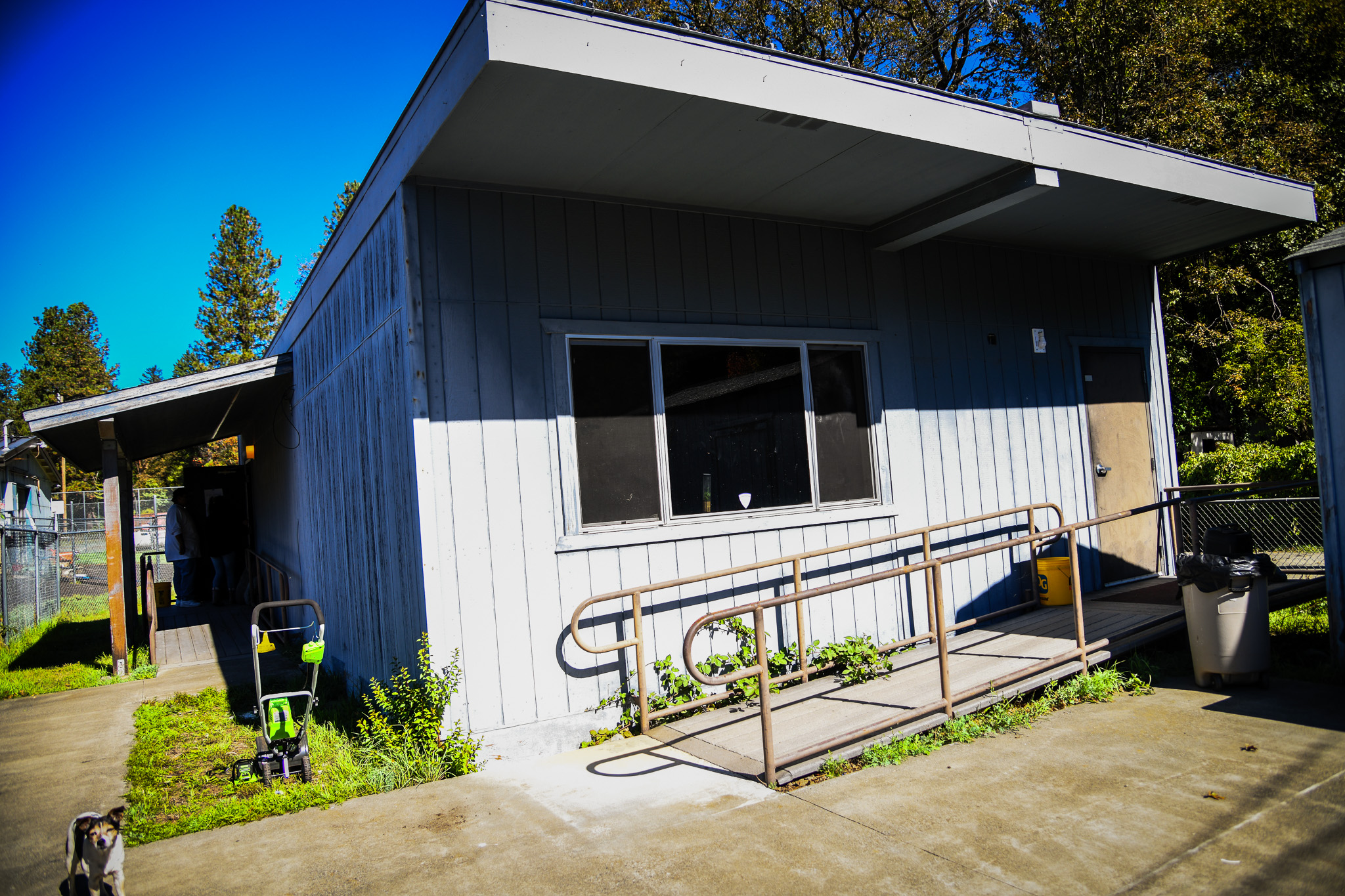
Collaboration Takes Root
The idea sparked energy across the community. Soon, the Karuk Education Department and Happy Camp High School (HCHS) joined forces. The high school had recently received a Community Schools Grant, creating the perfect opportunity to collaborate. Both MaraLei and Scott served on the school’s Community Schools Committee, and together with staff, they began imagining something that could last, an Idea which would truly make a difference for youth and families.
At one of their follow-up meetings, HCHS proposed using the old Jefferson School site for the youth pantry and potentially even for after-school tutoring. By the summer, KED had formalized the partnership with the Siskiyou Union High School District, signing a Memorandum of Understanding (MOU) to begin during the 2024–2025 school year.
Once they stepped inside the building, it was clear: this space could become so much more than a pantry. It could become a place for youth to grow, learn, and belong.

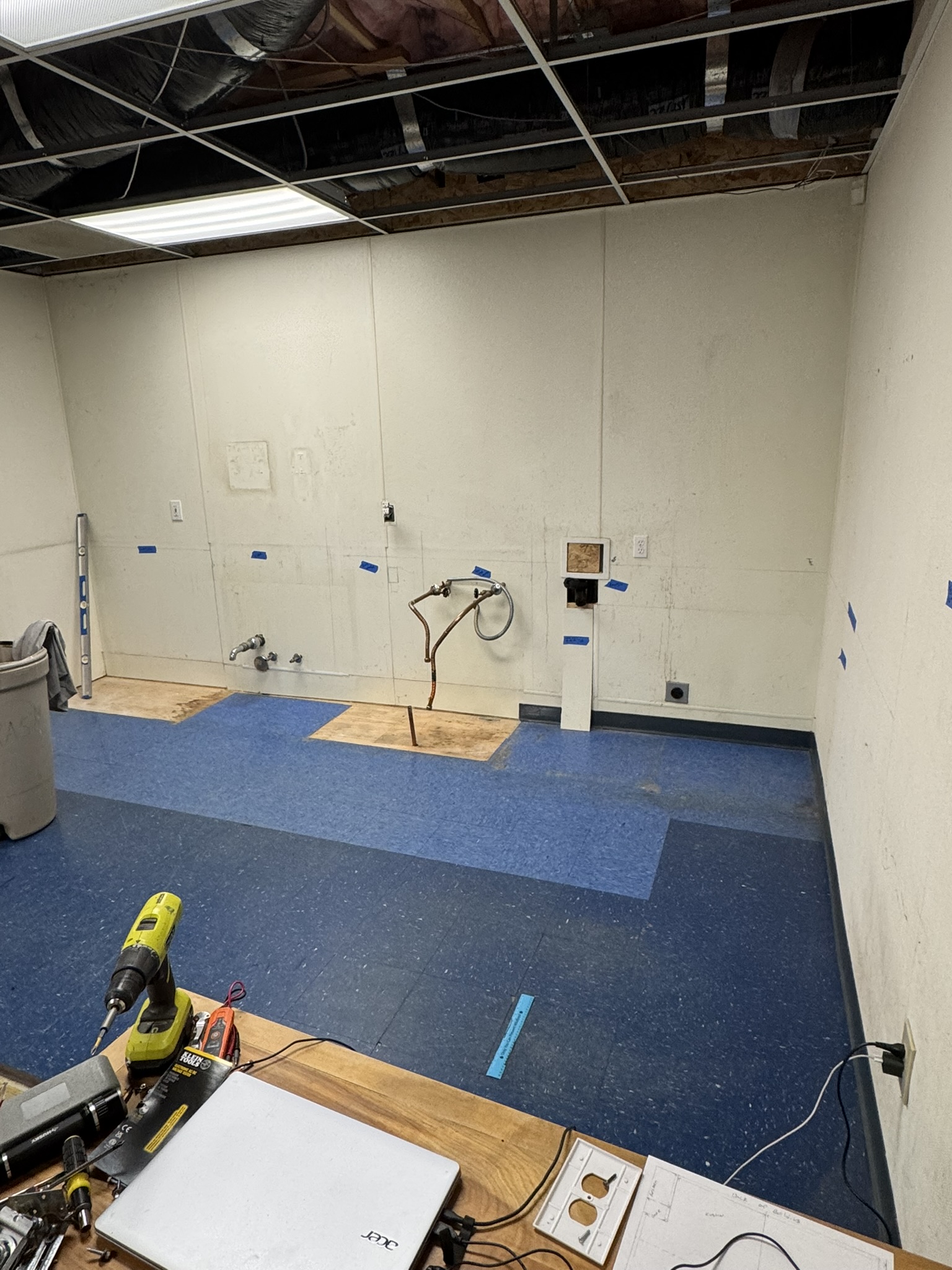
A Vision Emerges
As the partnership grew, so did the vision. The KED Youth Mentorship Program and the Community Schools initiative began working hand in hand. They wanted to create a space that wasn’t just for youth — but with youth. A place where students could learn life skills, connect with Karuk culture and language, and receive the kind of mentorship that builds confidence and pride.
During this stage, Brionna Gonzales, then serving as the Karuk Youth Leadership Coordinator and later stepping into the role of Yáan’iiftihansa Thaanêen Project Director, helped bring the pieces together. She saw the Youth House as the perfect home for developing the Karuk Mentorship Program, a space where leadership, cultural learning, and personal growth could come together under one roof.

Julie Arwood, the Community Schools Coordinator for Siskiyou Union High School District, also played a key role. She worked closely with teachers and administrators to adjust student schedules, making it possible for participants to spend time on the project while still earning class credit. Thanks to her, youth could learn hands-on skills and meet academic requirements; all while building something that would serve their community for years to come.
By late summer, the plan had evolved into a full Youth House — complete with a kitchen, bathroom, pantry, and recreation area. When KED found grant funds that needed to be used before the year’s end, the timing was perfect. What once was just an idea began taking real shape.

Community Steps In
The energy around the project drew even more support. Bubba Riggins from the Northern California Indian Development Council (NCIDC) — who had first connected with KED during the Karuk Youth Leadership 5K Dash —offered to help. NCIDC later entered into an MOU with KED, generously providing funding for all of the appliances and furniture for the Youth House.
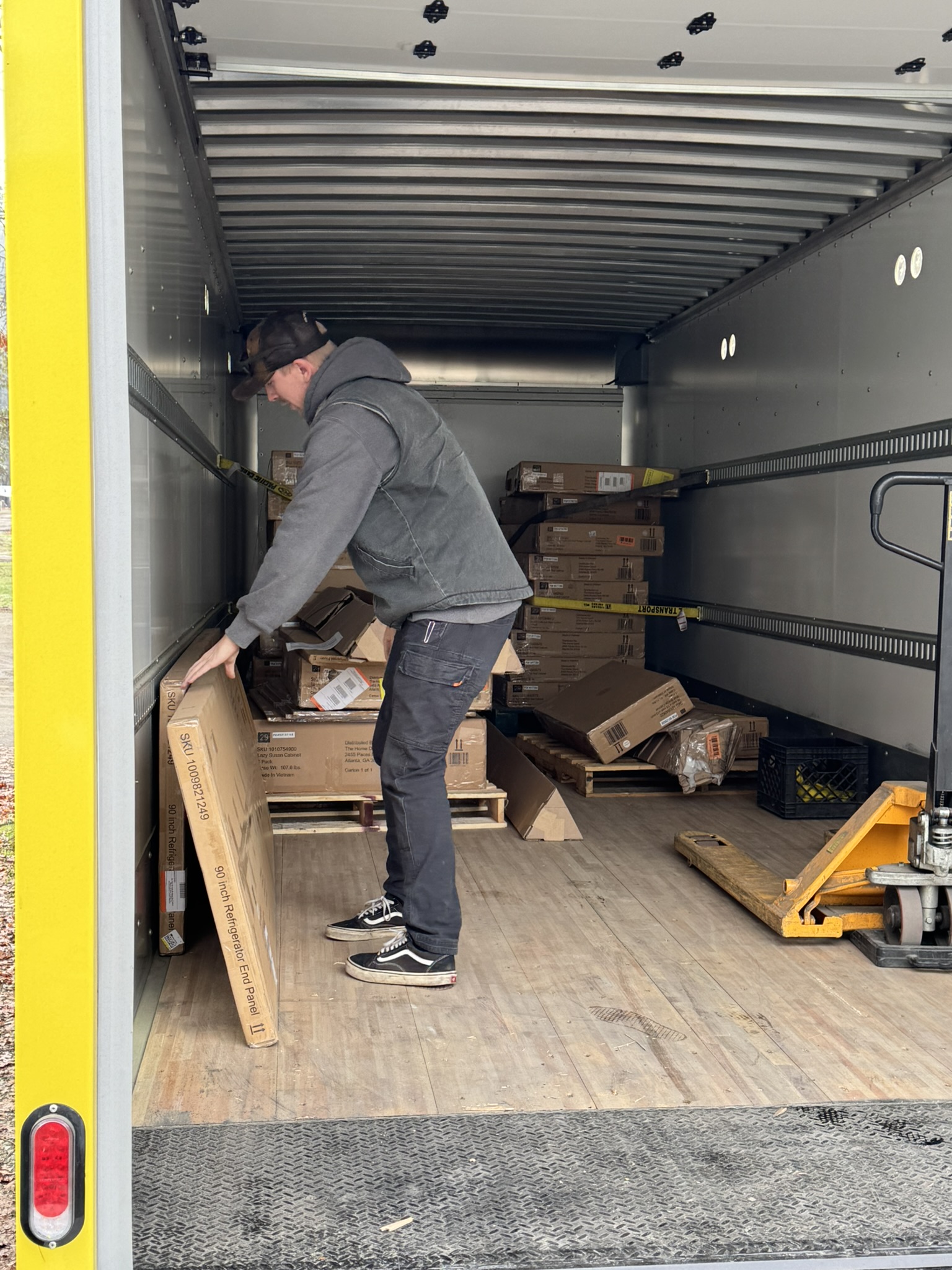
With the community behind them, the once ambitious vision had evolved into action.

Building the Dream
Under the steady mentorship of Rick Brownfield, students began the hard, hands-on work of transformation. They tore up carpet, pulled down drop ceilings, and rebuilt the kitchen from scratch. The work wasn’t easy— there were long days, sore muscles, and plenty of challenges — but every step taught something new.
Along the way, Scott Aseltine, Chase Evans and Jerry Snider worked shoulder to shoulder with the Happy Camp High School youth, guiding design choices and daily tasks. Together, they turned construction lessons into life lessons about teamwork, patience, and pride in their work.
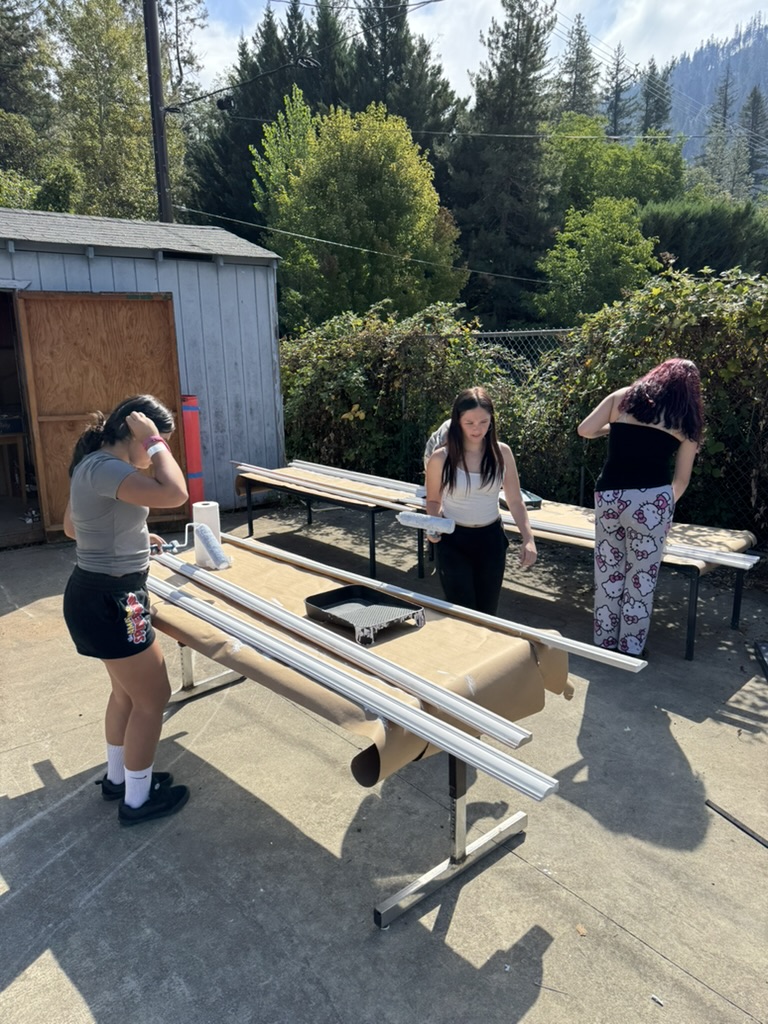
Frank Snider, whose Happy Camp Community Computer Center sits right next door to the Youth House, also played a crucial role. Because of that close proximity, he was always ready to lend a hand, from helping with key construction projects like the installation of the shower, and receiving and managing multiple large deliveries from Home Depot, Meek’s Lumber, and Garrison’s Furniture. His steady support made it possible to keep the project moving forward smoothly and on schedule.
By the time summer rolled around, Summer Youth Employees had logged hundreds of hours. Under Rick’s expert supervision, Scott’s coordination, and the steady community support from people like Frank, the students had completely reshaped the building into a warm, inviting, and purposeful space. What was once empty now stood as a beautiful example of what can happen when youth take the lead and a community believes in them.

The Birth of Kachákaach-hiram – “Blue JayHouse”
When the paint dried and the tools were packed away, the youth came together to name their creation. They chose Kachákaach-hiram, meaning 'Blue Jay House' in Karuk.
In Karuk country, the Blue Jay (kachákaach) carries special meaning. Known for its intelligence and persistence, the Blue Jay hides acorns underground for later, but many are never reclaimed. Those forgotten acorns sprout into new oak trees, feeding and sheltering future generations. In this way, the Blue Jay is a planter of forests, a symbol of growth, continuity, and renewal.
The youth saw themselves in that story. Like the Blue Jay, they’ve built something that will continue to grow long after their part is done. Kachákaach-hiram represents a promise and gift to the next generation.
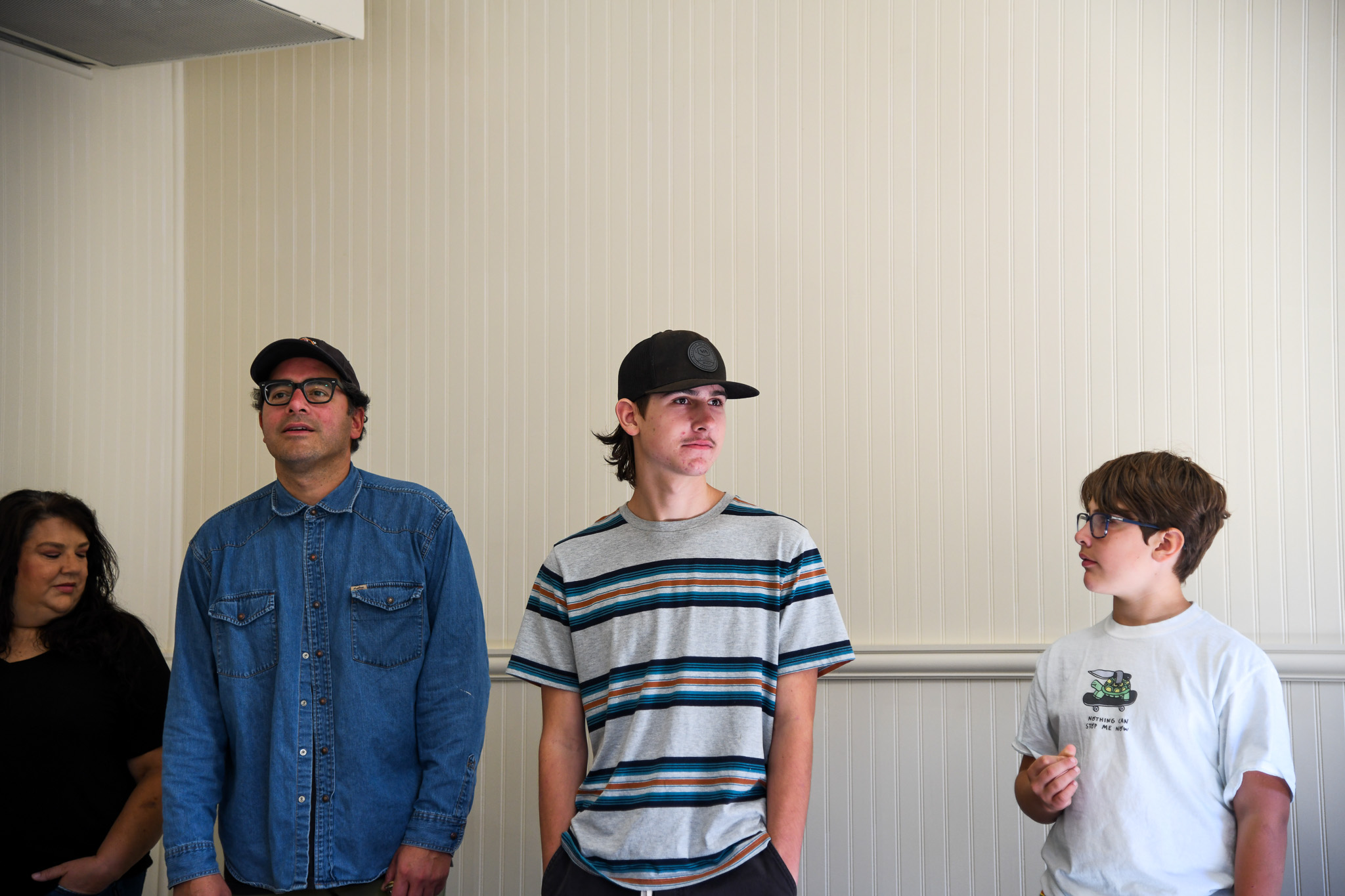
Looking Ahead
Moving forward, Chase Evans, the Tribe’s Youth Mentor Program Coordinator, will oversee Kachákaach-hiram and continue to build programs that connect culture, mentorship, and opportunity. Education Director Brionna Gonzales has also secured new funding through the Ford Family Foundation to support future Karuk culture and language programs within the Blue Jay House. What started as a small project has become a living symbol of collaboration, resilience, and the spirit of Karuk youth. The Kachákaach-hiram is a new beginning.

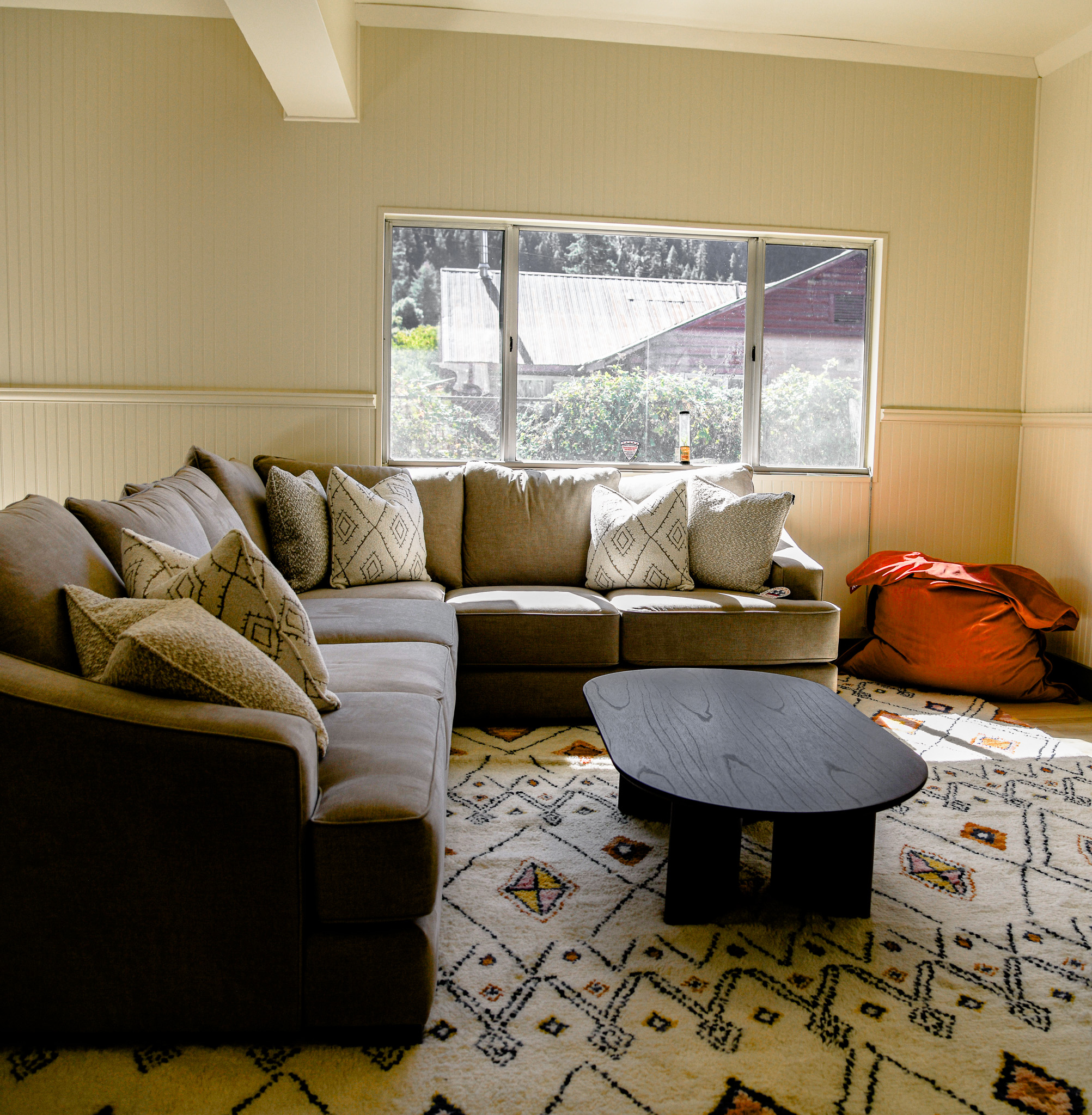
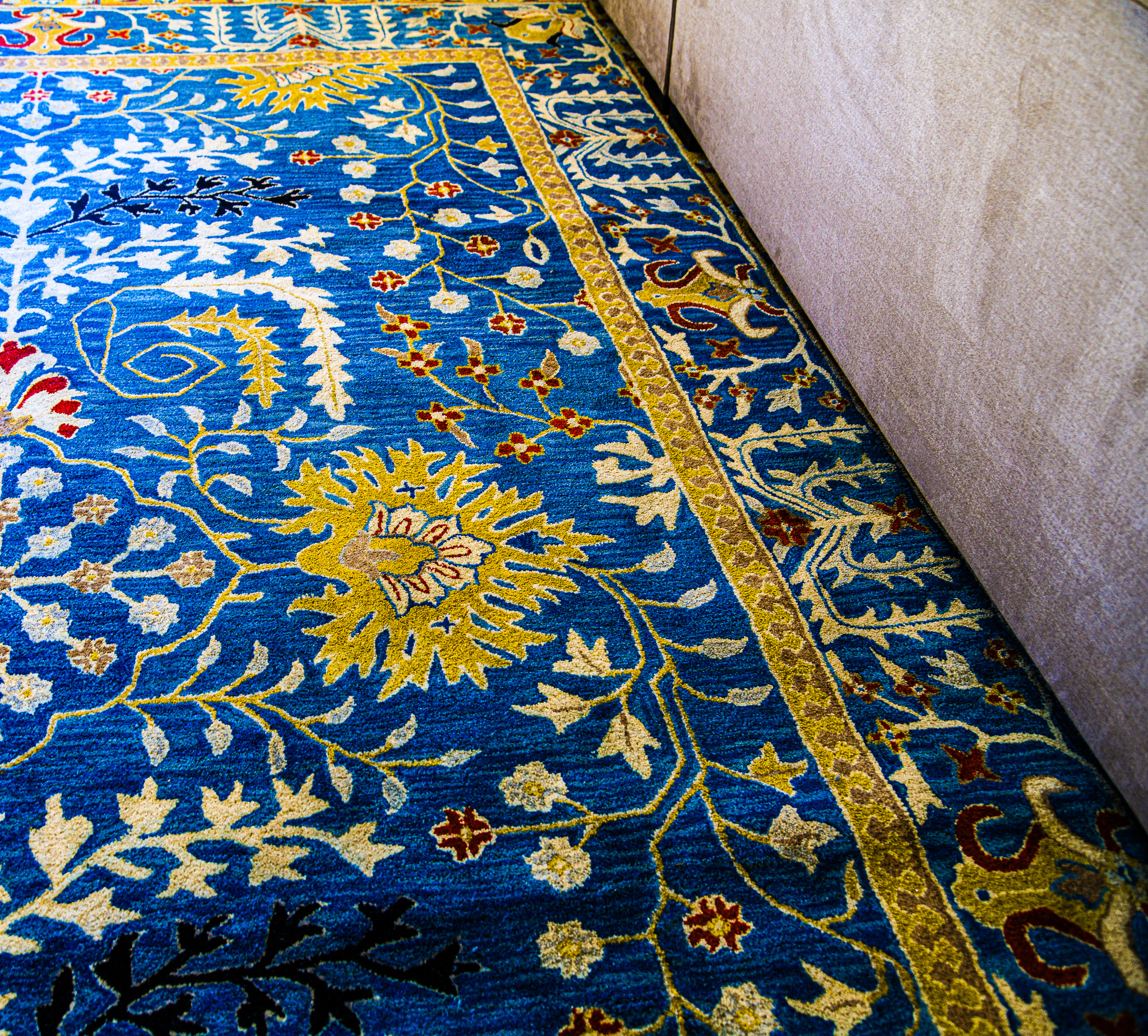



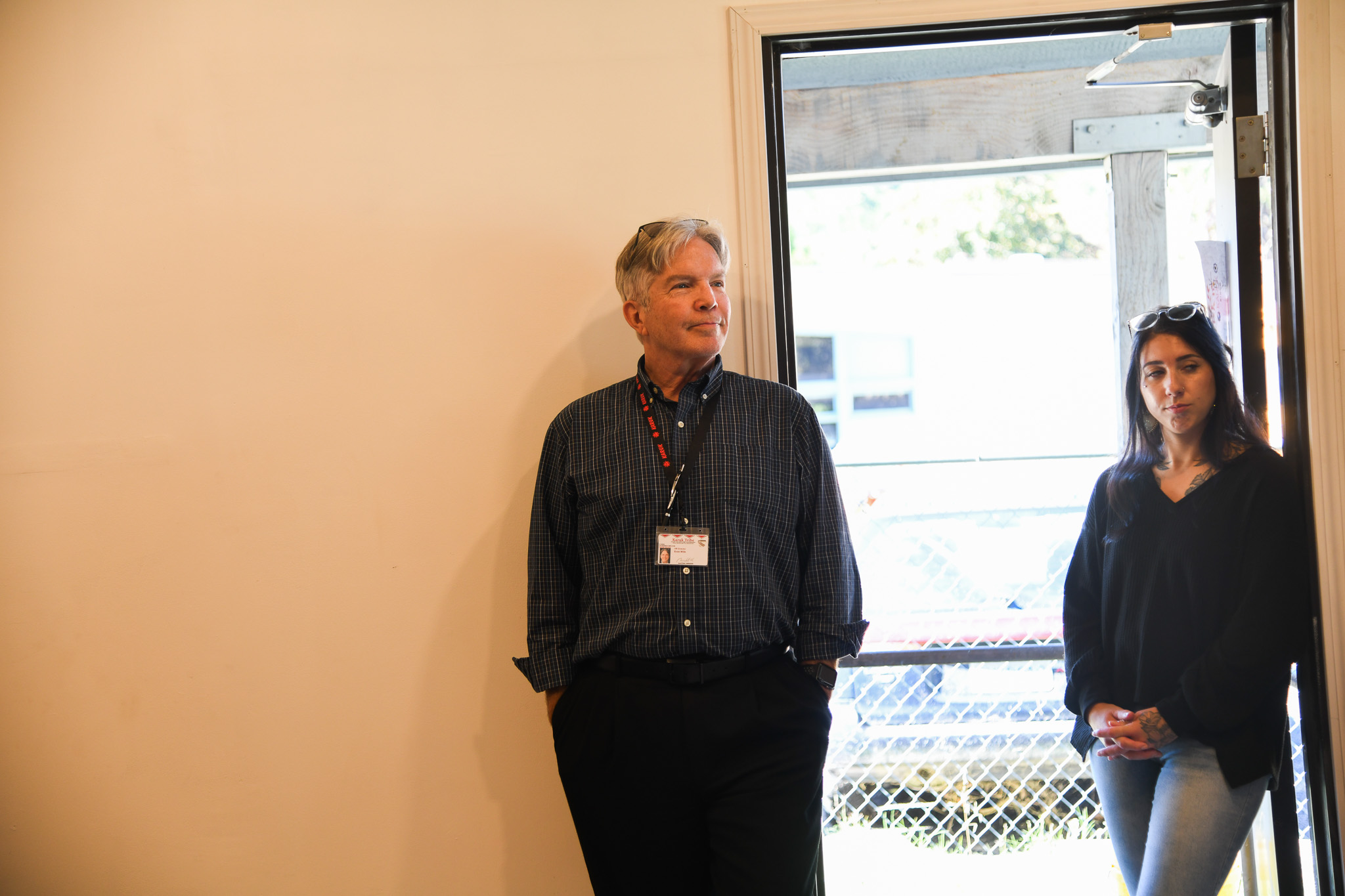
Yôotva – Thank You
This project came to life through dedication, team work, and the belief that our youth can do great things when given the chance. The Karuk Education Department offers its heartfelt thanks — Yôotva — to everyone who helped make Kachákaach-hiram possible.
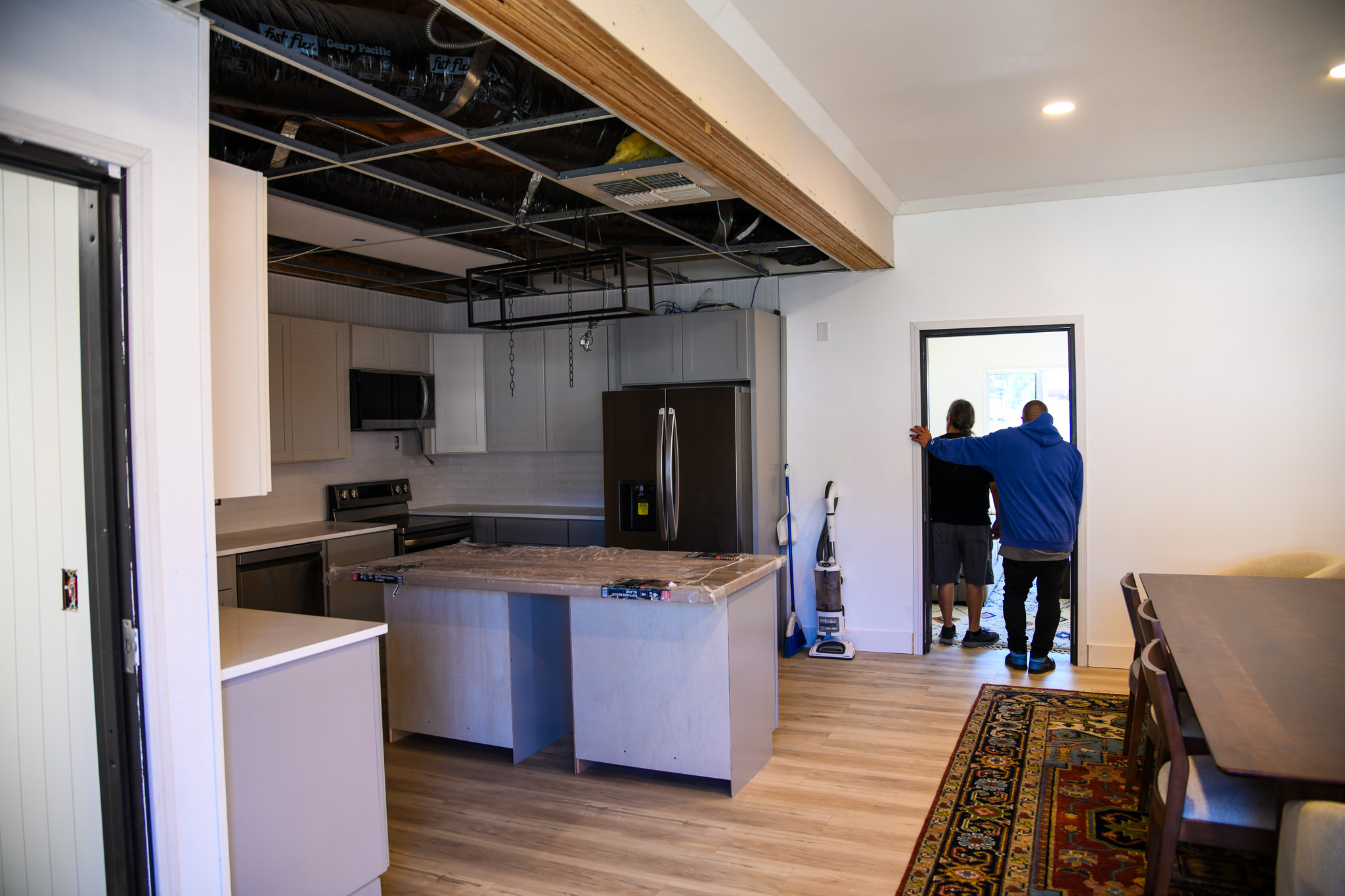
The Students: AvaLynn Allec, Roger Anderson, Joaquin Aubrey-Torres, Laina Aubrey-Torres, Gabe Avila, Emma Bousfield, Kohl Carstensen, Tila Compehos, Jordan Crocker, Dhane Cubero, Braylon Evans, Zachary Evans, Tristan Gann, Lilah Goodwin, Titus Goldwynn, JJ Hernandez, Aylee Johnson, Nathan King, Izzy King, Jacob Lantow, Levi Malen, Mary McAbier, Maemae Moehring, Mickey Moehring, Mason Rogers, Trevor Rhodes, Braydon Rhodes, Zane Robinson, Byron Roberts, Wayne Rose, Sandra Tuttle, Karlee Tower, Patty Watson, Lauren White, Jay Wright, Cameron Wright and the G.O.A.T.s Jeremiah Guy and Samir Dkhissi.
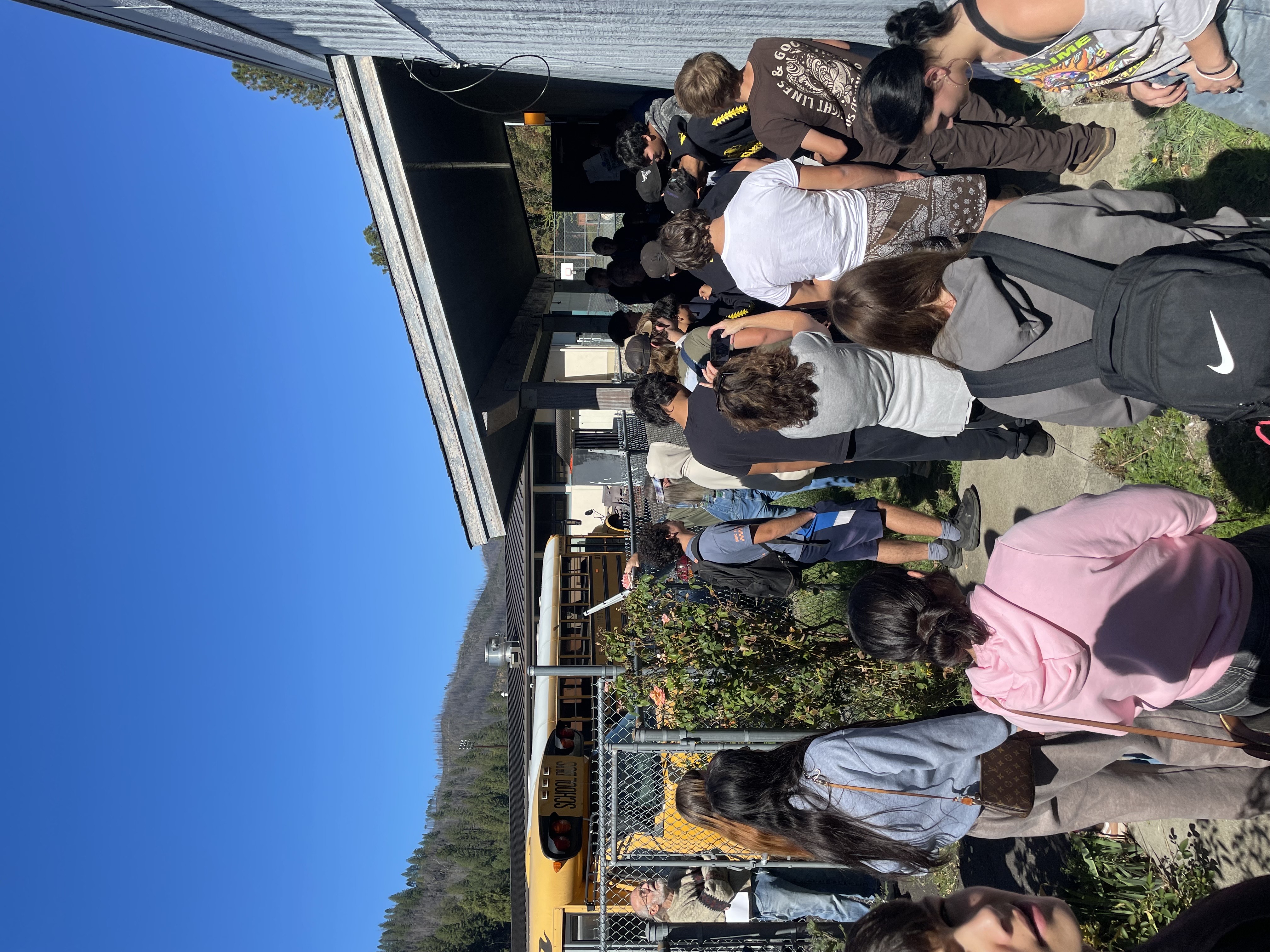
Mentors and Partners: MaraLei Allec, Rod Allec, Scott Aseltine, Julie Arwood, Nurse Diana Barden, Cheryl Bearchild, Grayson Bearchild, James Bearchild, Rick Brownfield, Marie Caldwell, Casey Chambers, Michelle Cook, Jeanette Courtney, David Culbert, Chase Evans, Ish Escobar, Brionna Gonzales, Lisa Henderson, Ellen Johnson, Myriam Kalmogho, Judy Knauer, Indigo Mack, Wes Mast, Benjamin McCullough, Principal Mr. G., Mr. T., Roseann Ritchison, Rachel Rhinehart, Frank Snider, Jerry Snider, Mandy Stone, Joyce Walton, Lisa Wilson and Dion Wood.
Collaborators: The Karuk Education Department, Happy Camp High School, Northern California Indian Development Council, Siskiyou Union High School District and United Way of Northern California.
A special thanks to Julian Lang for his continued guidance in the Karuk language and his contribution of the aktinákirak — the hand-rest-stone placed at the doorway, symbolizing stability, connection, and the transition from one space to another.
Together, this group turned the small idea of a youth pantry into a living, breathing symbol of hope, culture, and community. Just like the Blue Jay that plants forests for the future, the youth of Happy Camp have built something that will keep growing for generations to come

